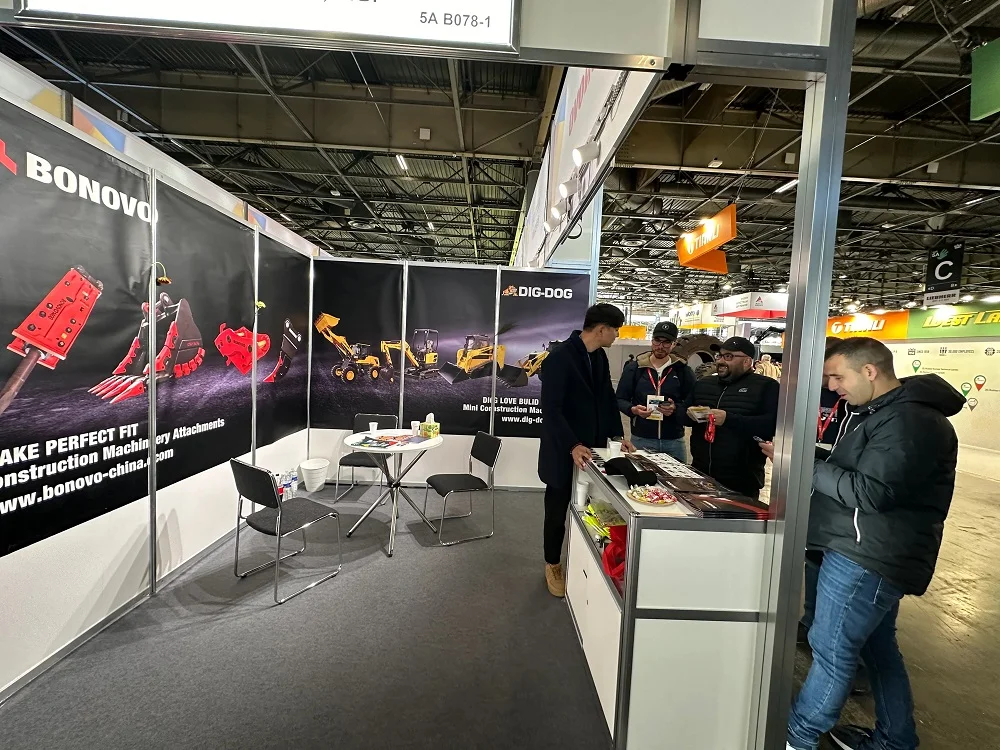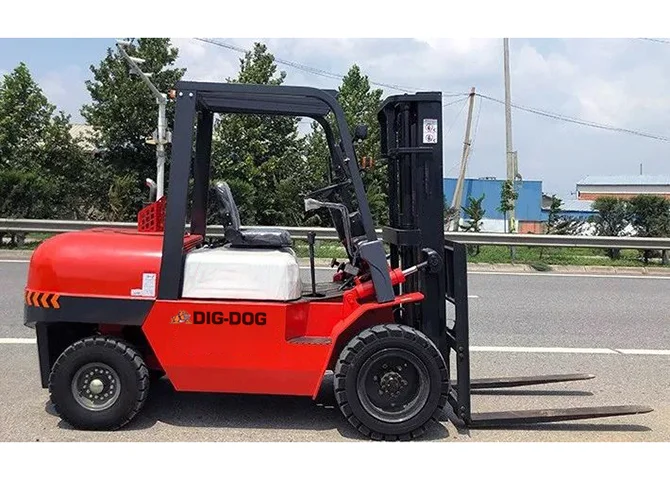What is a trackhoe?
A
trackhoe, also known as a "track excavator" or "crawler excavator," refers to a type of earth-moving machinery. The term "
track" refers to the crawler-type chassis of the excavator, while "
hoe" refers to its shovel or bucket. This machine is primarily used for digging materials above or below the level of the machine and loading them onto transport vehicles or unloading them at a disposal site. The materials excavated are primarily soil, coal, mud, sand, and rock.
Due to its crawler-type walking mechanism, the trackhoe offers high traction, low ground pressure, stability, and excellent off-road and climbing capabilities, making it particularly suitable for working in tough environments.
When buying a trackhoe, it is crucial to select based on the characteristics of the construction project. Among these, the most important factor is the digging depth, which is closely related to the worksite conditions and the height of the associated transport vehicles. Therefore, it is essential to ensure that the digging depth matches the project requirements to avoid mismatches like trying to fit a small horse into a big cart. Other considerations include the weight, bucket capacity, speed, and digging force of the excavator, as well as its performance, reliability, durability, and after-sales service system.
Trackhoes can be categorized into standard, widened, and lengthened/widened types based on the length and width of their tracks, allowing them to adapt to different work environments. For example, narrow-track excavators are commonly used in uneven ground such as mines, while widened and lengthened excavators are needed for loose soil environments like water conservancy projects. For specialized and complex geological conditions, specialized excavators matching the corresponding road conditions are required.
Components of a trackhoe:
Crawler Chassis: This is the bottom structure of the excavator, consisting of tracks, track sprockets, track drivers, and tensioning devices. The friction between the tracks and the ground enables the excavator to move and traverse.
Working Device: This is the equipment directly responsible for the digging tasks, including the
boom, arm, and
bucket. The boom, arm, and bucket are connected through hinges, and their movements - such as the lifting of the boom, the extension of the arm, and the rotation of the excavator bucket - are controlled by reciprocating double-acting hydraulic cylinders. To cater to different construction needs, the excavator can also be equipped with various attachments, such as digging, lifting, loading, leveling, clamping, bulldozing, and hammering tools.
Upper Turret: This is the core part of the excavator, located above the crawler chassis. The upper turret houses the cab, where the operator controls all the movements of the excavator. Additionally, it contains the power plant and transmission system, providing power to the excavator and transmitting it to the working device through the transmission mechanism to perform various tasks.
DIG-DOG trackhoe: Your Reliable and Versatile Partner for Tough Jobs
Introducing the DIG-DOG trackhoe: a powerful and dependable excavator ready to take on any challenge, regardless of terrain. With its crawler chassis and cutting-edge technology, it offers unmatched traction, stability, and performance, ensuring smooth and precise digging, lifting, and loading. Designed for maximum efficiency and productivity, the DIG-DOG trackhoe boasts a robust construction and reliable components, promising long-lasting performance.
Its adaptability is its standout feature, allowing it to be configured for mines, construction sites, or any other challenging terrain. With a range of attachments and accessories available, you can customize your DIG-DOG trackhoe to handle any job, big or small.Backed by our commitment to quality and customer service, the DIG-DOG trackhoe is your ideal partner for any construction or excavation project. Contact us today to learn how it can help you confidently tackle your next big job.
 BONOVO Group at INTERMAT 2024 Paris Exhibiton
BONOVO Group at INTERMAT 2024 Paris Exhibiton
 A Ultimate Guide to Clamp Forklifts and Attachments
A Ultimate Guide to Clamp Forklifts and Attachments
 How To Choose The Right Compact Wheel Loader
How To Choose The Right Compact Wheel Loader
 How Much Does a Forklift Weigh?
How Much Does a Forklift Weigh?